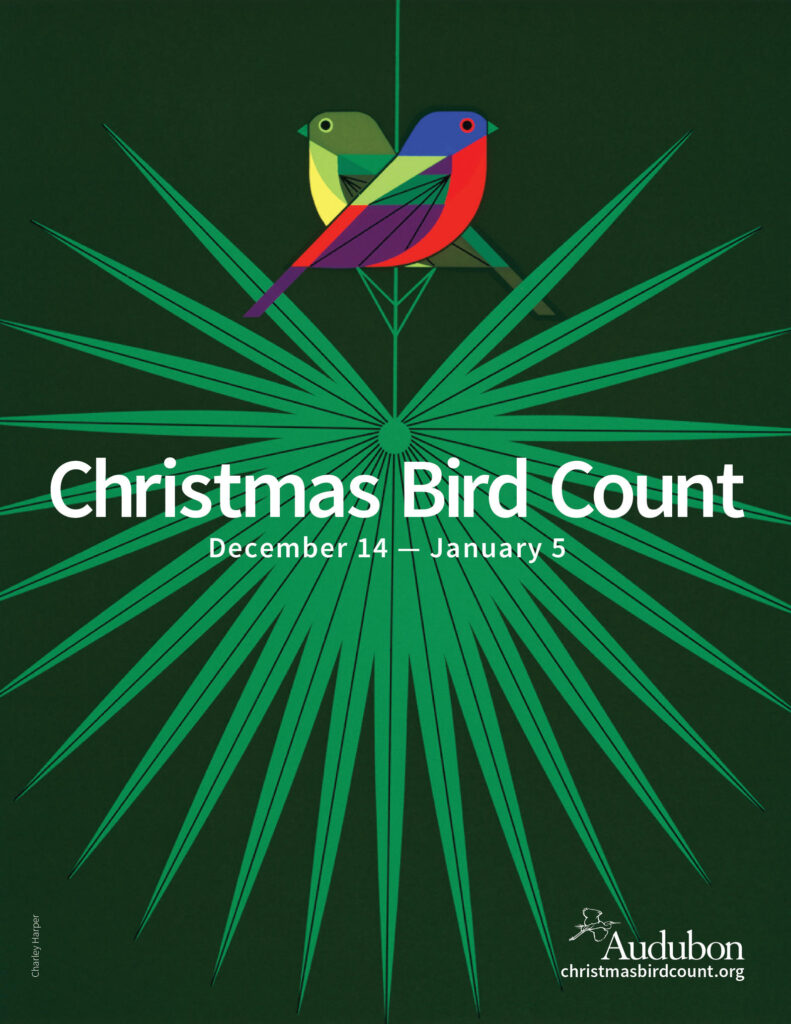DoD AKN Standard Sampling Methods
Biologists across DoD are employing a diversity of avian monitoring sampling methods in support of their natural resource management activities. This diversity of protocols can make combining data and analyses among installations and service branches unnecessarily challenging. This results in inefficient and potentially inaccurate analyses that do not fully support understanding how activities on installations are affecting bird populations from local to regional scales.
One of the key motivations behind the DoD AKN Program is to promote consistent avian data standards across the DoD. To meet this objective, the Team has begun to develop and recommend standardized field sampling methods and AKN Protocols based on DoD’s most common management and research needs.
On this page, you will find a series of suggested standardized sampling methods and their associated AKN Sampling Protocols for you to use while collecting avian data.
Select the sampling method you are interested from the list below:
Species Checklist
Species checklists are a simple way to record both incidental and comprehensive observations of bird species observed on your installation that don’t fit a traditionally structured survey (e.g., point counts, line transects, etc.).
Christmas Bird Count
The Christmas Bird Count (CBC) is a citizen science project that involves counting birds in the Western Hemisphere. Click here to learn how to incorporate CBC data collected on your installation into your AKN Project here.
eBird Checklists
eBird is a powerful community science tool run by Cornell Lab of Ornithology that collects observational data from birders. Click here to learn how to incorporate eBird checklist data collected on your installation in your AKN Project.
Point Count Methods
Click here to learn about Point Count methodologies including their assumptions, typical use cases, and examples of commonly used methodologies and their AKN Protocols.
Still not sure which method to use? Want to plan a new monitoring project at your installation?
Feel free to sign up for an Office Hours Appointment with the DoD AKN Program Team.
The DoD AKN Program Team is constantly developing methods and protocols to meet your common (and uncommon!) avian data collection needs, so check back often as we update this list!
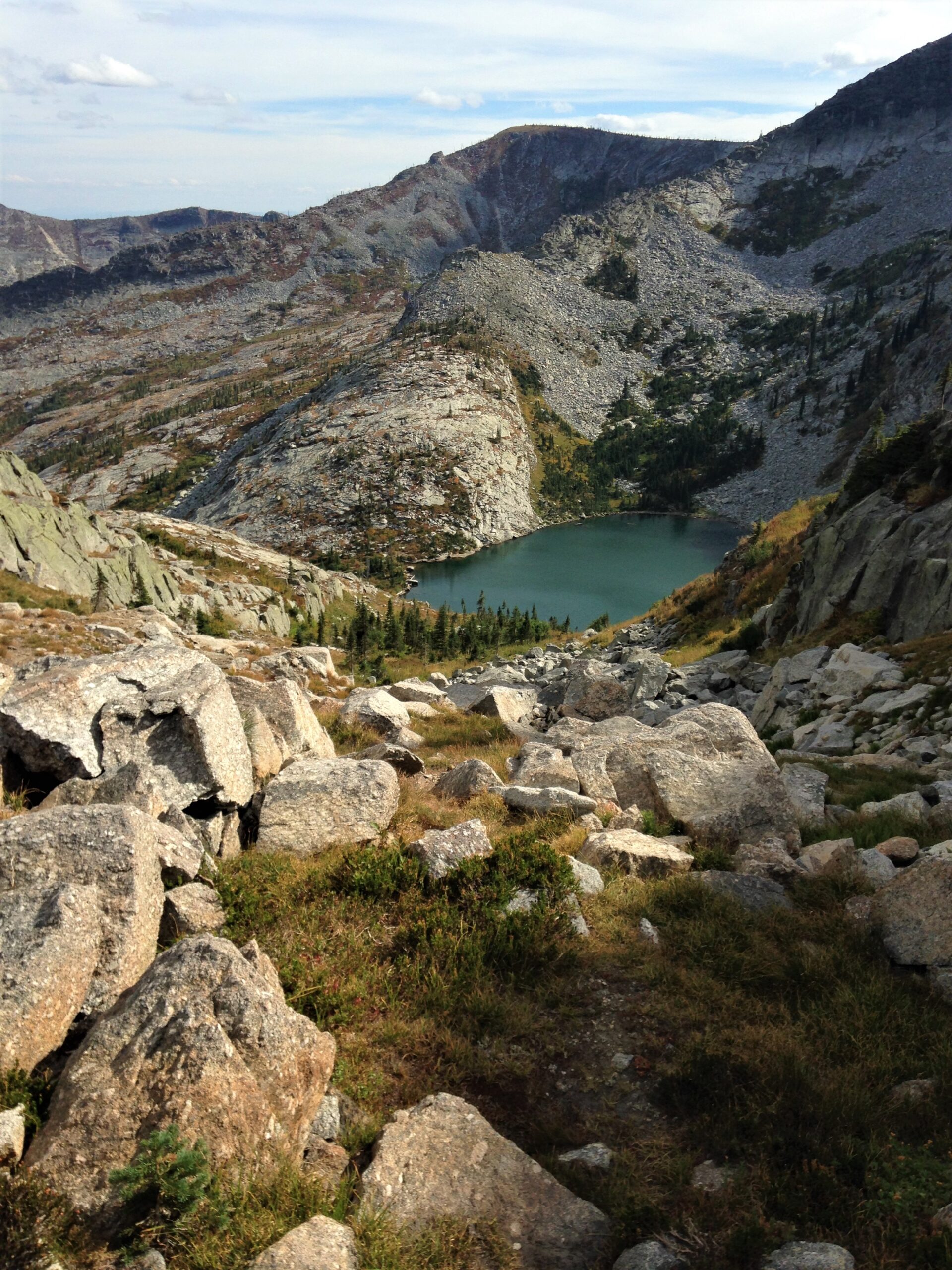

Species Checklists
What are Species Checklists?
Species checklists are a simple way to record both incidental and comprehensive observations of bird species observed on your installation that don’t fit a traditionally structured survey (e.g., point counts, line transects, etc.). Like all surveys in the AKN, there is some minimum information required per event (i.e., per observation):
- The observation must be of a living bird
- The observation should include the date (Month/Day/Year)
- The observation needs to be associated with a sampling unit (see below)
- The observation includes the name of the observer
- The observation has a specified start and end time on the date the data were collected
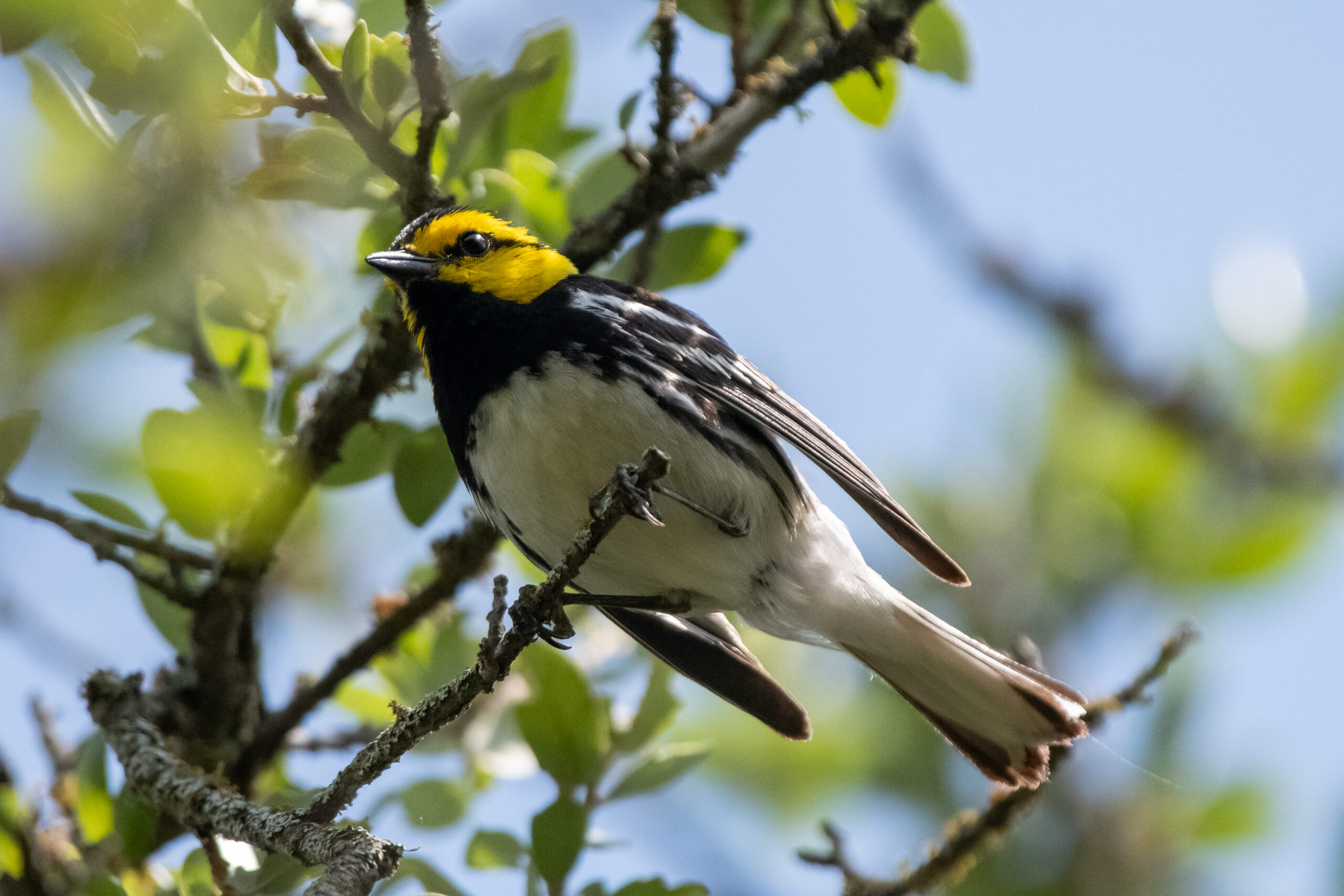
Golden-cheeked Warbler (Setophaga chrysoparia), Fort Cavazos, TX,
Photo Credit: Paul Block
We encourage you to collect all the above information for all species checklists you collect on your installations. For historical records, if any of the above information is missing from your checklists, see the Historic Data section below for how to handle this in the AKN.
Select from the links below your topic of interest:
How do I set up my sampling units for species checklists?
Which Sampling Protocol should I use for my checklist data?
What if I have historic data, but I don’t know what date the observations were made?
What if I don’t know who collected the data?
What if I didn’t record start and end times?
What if I don’t record all species (these are incidental data only)?
How do I set up my sampling units for species checklists?
In order to enter any observation data into the AKN, you must first have set up Sampling Units.
For simple checklists that can occur anywhere on your installation, follow the steps below:
- In Project Leader, select the tab “Sampling Units” and hit enter.
- Add a new Study Area:
- Under “Add Sampling Units under the highlighted feature…” select the online form button.
- Under “Add One,” select the box “Study Area” and hit enter.
- You may wish to name this new Study Area as “Checklist”.
- Note: your Study Area short and long name can be the same.
- Hit save (no need to add geometry yet).
- Add an Area Search Plot Sampling Unit to your new Study Area:
- Highlight your new Study Area on the left. Select the online form (as you did in Step 2).
- Under “Add One,” select the box “Area Search Plot”.
- Note: to ensure you are adding the Area Search Plot under your newly created Study Area, check at the top of the page where it says “As part of”; it should read your new Study Area short and long name, as you entered it in Step 2 (e.g., Checklist(CHECKLIST)).
- Name your new Sampling Unit using the suggested naming convention “YOURINSTALLATION_SPCH” (You may have to abbreviate your installation name in the short name to keep it less than 12 characters).
- Hit save (you can add geometry now or you can follow Step 4 to add geometry via shapefile).
- Add geometry to your new Area Search Plot Sampling Unit:
- Highlight your new Area Search Plot in the left. Under “Update Sampling Unit geometry” select “SHP File.” Follow the prompts on the next screen to upload a shapefile of your installation.
Which Sampling Protocol should I use for my checklist data?
- If you’d like to record a species list only (without a count), use the AKN Sampling Protocol “SPCH_NoCount_Location”
- If you’d like to record the number of individuals observed along with your checklist, use the protocol “SPCH_Location”
- Adding Coordinates: Both protocols have optional fields where you can record the exact Latitude/Longitude coordinates of your observation, in case this is important for your monitoring. Leave these fields blank otherwise.
How to Add an Existing AKN Protocol to Your Project
Example Datasheet
What if I have historic data, but I don’t know what date the observations were made?
If you don’t know the date the checklist occurred, first make sure that the data otherwise has value to you. If the data are important for your ongoing monitoring efforts, your installations species list, etc. but you don’t know when they were collected, you can use the date ‘1/1/1900’, and make a note in the notes field that the date was unknown.
What if I don’t know who collected the data?
If you don’t have an observer listed for the data (or there are too many to enter into your project), you add a researcher named “Unknown, Unknown” to your project and use this as the researcher name for the checklist.
In Project Leader, under “Project Definition”:
- Go to “Researcher Access” and select your Project.
- You’ll see a list of researchers currently in your project. Click on ‘add one’ and find the Researcher “Unknown, Unknown” in the list. Add this researcher to your project.
What if I didn’t record start and end times?
If you don’t have times recorded with your historic observations, you can enter the time “0:00” for both start and end time. In the future, please note the start and end time for your checklists and enter these times.
What if I don’t record all species (these are incidental data only)?
You can use the species checklists for incidental observations, but it is best practice to keep complete checklists whenever possible. This will help you create a comprehensive species list in your AKN project and will make querying a species list easier for future reporting needs.

Christmas Bird Counts on DoD Installations
What is the Christmas Bird Count?
The Christmas Bird Count (CBC) is a citizen science project that involves counting birds in the Western Hemisphere. It takes place annually from December 14 to January 5. The CBC is the world’s longest-running citizen science project.
To learn more about the CBC, visit the Audubon Christmas Bird Count Website.
Many installations record Christmas Bird Count data as part of their regular avian monitoring. In the AKN, Christmas Bird Count data can be uploaded to your project, so that it is included with your other installation data.
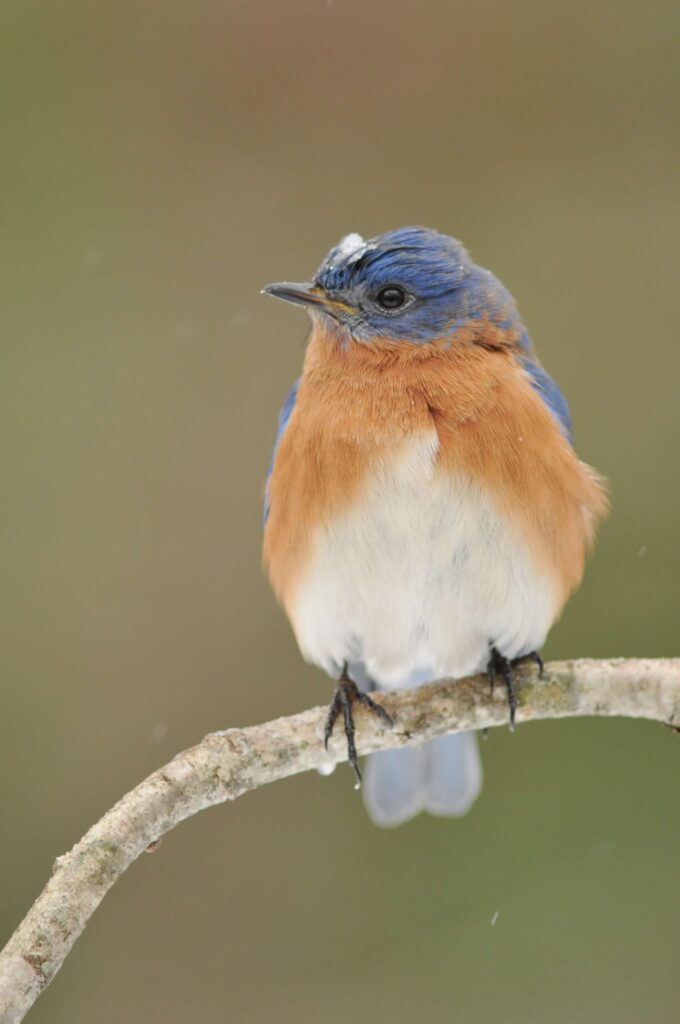
Eastern Bluebird (Sialia sialis), Williamsburg, VA;
Photo Credit: Paul Block
Select from the links below your topic of interest:
How do I set up my sampling units for my CBC data?
Which AKN Sampling Protocol should I use for my CBC data?
How do I set up my sampling units for my CBC data?
In order to enter any observation data into the AKN, you must first have set up Sampling Units.
For your CBC data, you should create an Area Search Plot in your AKN Project that represents your CBC Section:
- In Project Leader, select the tab “Sampling Units” and hit enter.
- Add a new Study Area:
- Under “Add Sampling Units under the highlighted feature…” select the online form button.
- Under “Add One,” select the box “Study Area” and hit enter.
- You may wish to name this new Study Area as “CBC” or “Christmas Bird Count.”
- Note: your Study Area short and long name can be the same.
- Hit save (no need to add geometry yet).
- Add an Area Search Plot Sampling Unit to your new Study Area:
- Highlight your new Study Area on the left. Select the online form (as you did in Step 2).
- Under “Add One,” select the box “Area Search Plot”.
- Note: to ensure you are adding the Area Search Plot under your newly created Study Area, check at the top of the page where it says “As part of”; it should read your new Study Area short and long name, as you entered it in Step 2 (e.g., Christmas Bird Count(CBC)).
- Name your new Sampling Unit using the suggested naming convention “YOURINSTALLATION_CBC” (You may have to abbreviate your installation name in the short name to keep it less than 12 characters).
- Hit save (you can add geometry now or you can follow Step 4 to add geometry via shapefile).
- Add geometry to your new Area Search Plot Sampling Unit:
- Highlight your new Area Search Plot in the left. Under “Update Sampling Unit geometry” select “SHP File.” Follow the prompts on the next screen to upload a shapefile of your installation.
Which AKN Sampling Protocol should I use for my CBC data?
- Observation Protocol: Bird observations from CBC counts can be entered using the protocol CBC_Checklist
- Required: Sampling Unit, Date, Start Time, End Time, Observer, Species, Count
- If you uploaded these using eBird, you can download your data from your eBird account, and format them into the bulk upload template for CBC_Checklist. For step-by-step instructions on downloading data from your eBird account, click here!
- Site Condition Protocol: • Site conditions, recorded by group leaders in the CBC, can be entered using the protocol CBC_Site Conditions
- This protocol is set up to be identical to the weather and effort data required from Bird Circle leaders in the Audubon Christmas Bird Count.
How to Add an Existing AKN Protocol to Your Project
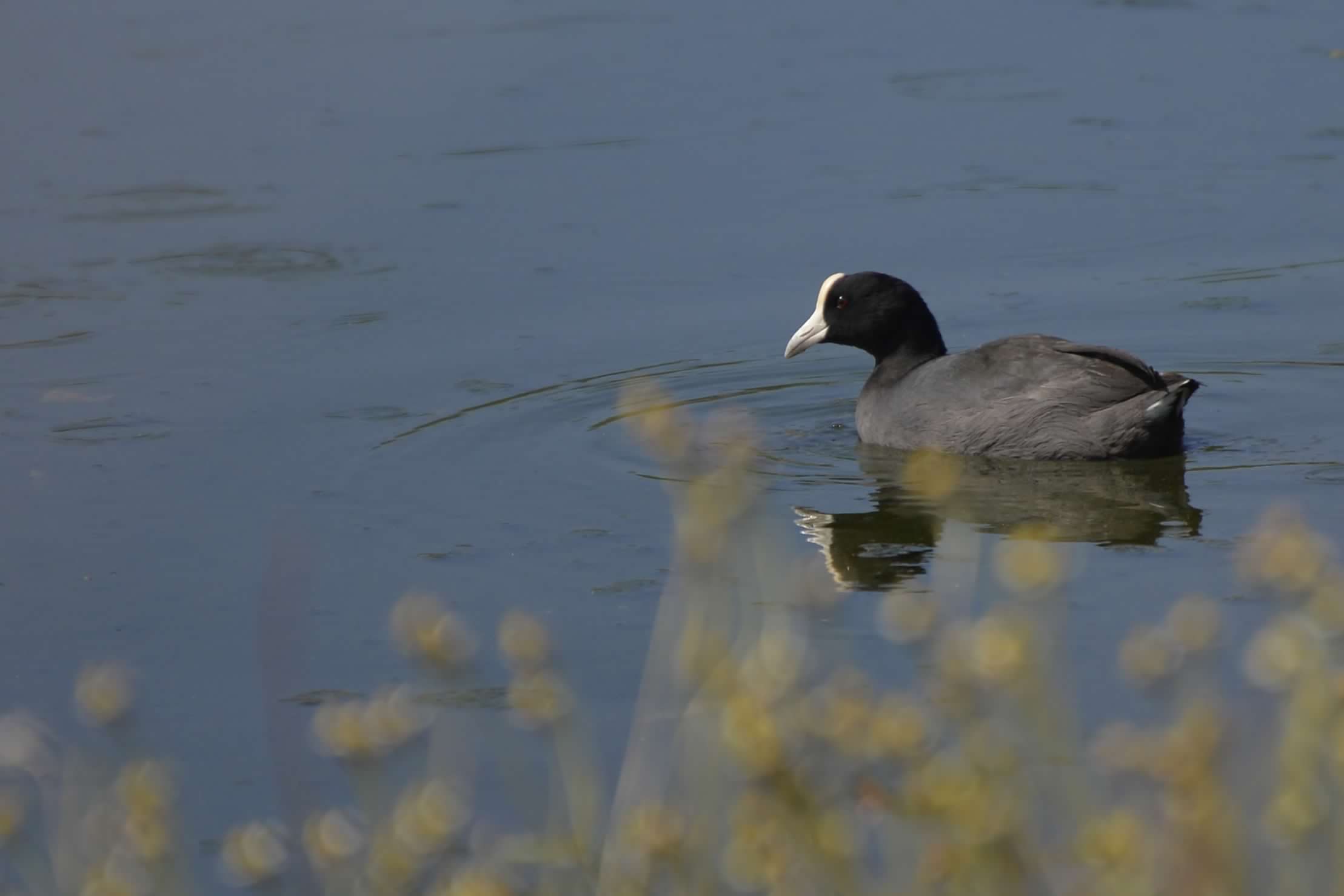

eBird Checklists on DoD Installations
What is eBird?
eBird is a powerful community science tool run by Cornell Lab of Ornithology that collects observational data from birders.
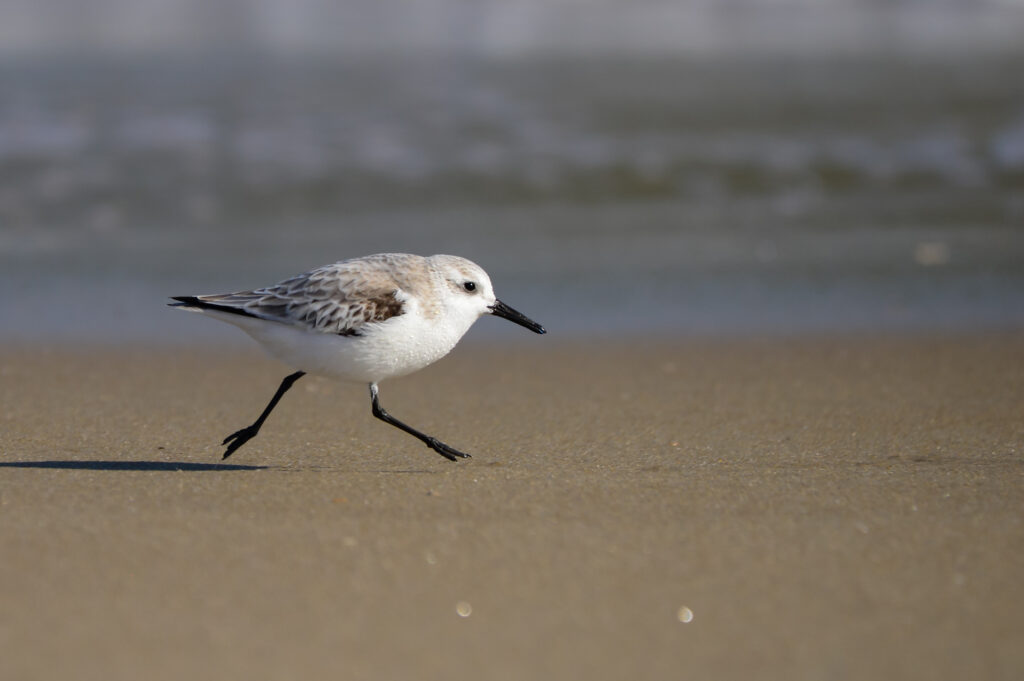
Why enter eBird data into AKN for DoD?
DoD-wide analysis and summary
- The goal of the DoD AKN Program is to make it easy to summarize avian observation data at the installation, Service Branch, and DoD-wide levels.
- Data contained only within eBird would not be included in these summaries if it is not in the AKN.
DoD Data ownership and sharing
- DoD needs to maintain ownership of data for future analyses.
- Data entered into eBird is owned by eBird. In the AKN, Project Leaders maintain ownership of data within their AKN Projects and can control how it is shared with others.
Protocol-specific methodology and details
- AKN stores the valuable metadata associated with protocol-based observation data. It is specifically designed to represent protocol-based science and monitoring and can represent specific details associated with point counts such as time bins, detection cues, and distance.
- eBird is a powerful community science tool run by Cornell Lab of Ornithology that collects observational data from birders.
Photo credits: Section header – Hawaiian Coot (ʻalae kea) (Fulica alai), Kauai, HI; Photo Above – Sanderling, (Calidris alba), Dam Neck Annex; Credit: Paul Block
Select from the links below your topic of interest:
How do I set up my Sampling Units for eBird checklist data in AKN?
How do I upload my eBird checklist data into AKN?
How do I set up my Sampling Units for eBird checklist data in AKN?
All data entered into the AKN requires you to set up Sampling Units first. For simple eBird checklists that occurred anywhere on your installation, you can save eBird checklists under the same area search plot you use for any other installation-wide species checklists:
- In Project Leader, under “Create and Manage Sampling Units”:
- Use the online form to create a Study Area in your project and name it “Checklist”
- Highlight your new Study Area. Use the online form to create a new Area Search plot underneath “Checklist” and name it using the naming convention “YOURINSTALLATION_SPCH” (You may have to abbreviate your installation name in the short name to keep it less than 12 characters).
- (optional) Highlight your new Area Search Plot. Under “Update Sampling Unit geometry” select “SHP File” Follow the prompts on the next screen to upload a shapefile of your installation.
How can I upload my eBird checklist data into AKN?
- If the data are on your account, or someone you know (e.g., a contractor), retrieve the raw checklist data from the eBird account associated with the data.
- To download your own data go to My eBird and then to ‘Download my data’ on the left side. This query generates a spreadsheet with all your personal eBird data.
If your eBird data includes recorded breeding codes:
- The AKN Protocol that can be used for eBird checklist data with recorded breeding codes: ARSE_eBird
- Reformat your eBird data to match the Bulk Upload template for the ARSE_eBird Protocol (How to Download a Bulk Upload Template)
- If necessary, filter for the Locations and Dates that are relevant to your installation.
- Retain the information from the spreadsheet:
- Date = Event Date
- Time = Event Start Time
- Common Name = Species
- Duration (used to calculate Event End Time)
- Number of Observers = Other Observers Count
- Breeding Code = Breeding_e Bird
- Location (if you need to separate checklists into more than one AKN Sampling Unit)
- To calculate End Time in Excel, use the formula:
- = Time + TIME (0, Duration, 0)
- Include the observer’s name in the Observer field (make sure to add these Researcher names to your project before attempting to bulk upload data!)
- Include the AKN Sampling Unit you want to load the eBird checklist into
If your data does not include recorded breeding codes:
- The AKN Protocol that can be used for eBird checklist data with recorded breeding codes: SPCH_Location
- Reformat your eBird data to match the Bulk Upload template for the SPCH_Location Protocol (How to Download a Bulk Upload Template)
- If necessary, filter for the Locations and Dates that are relevant to your installation.
- Retain the information from the spreadsheet:
- Date = Event Date
- Time = Event Start Time
- Common Name = Species
- Duration (used to calculate Event End Time)
- Number of Observers = Other Observers Count
- (optional) Latitude/Longitude= Latitude/Longitude
- Location (if you need to separate checklists into more than one AKN Sampling Unit)
- To calculate End Time in Excel, use the formula:
- = Time + TIME (0, Duration, 0)
- Include the observer’s name in the Observer field (make sure to add these Researcher names to your project before attempting to bulk upload data!)
- Include the AKN Sampling Unit you want to load the eBird checklist into

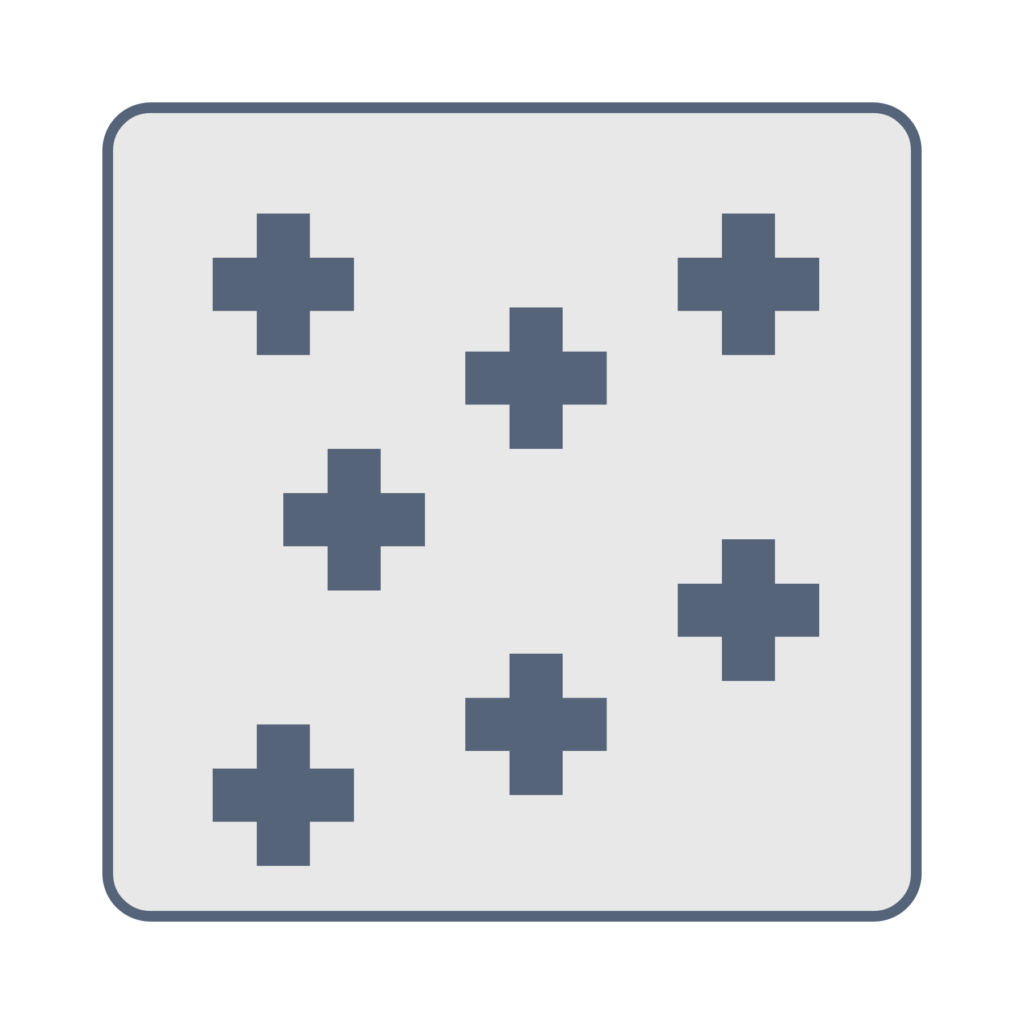
Point Count Methods
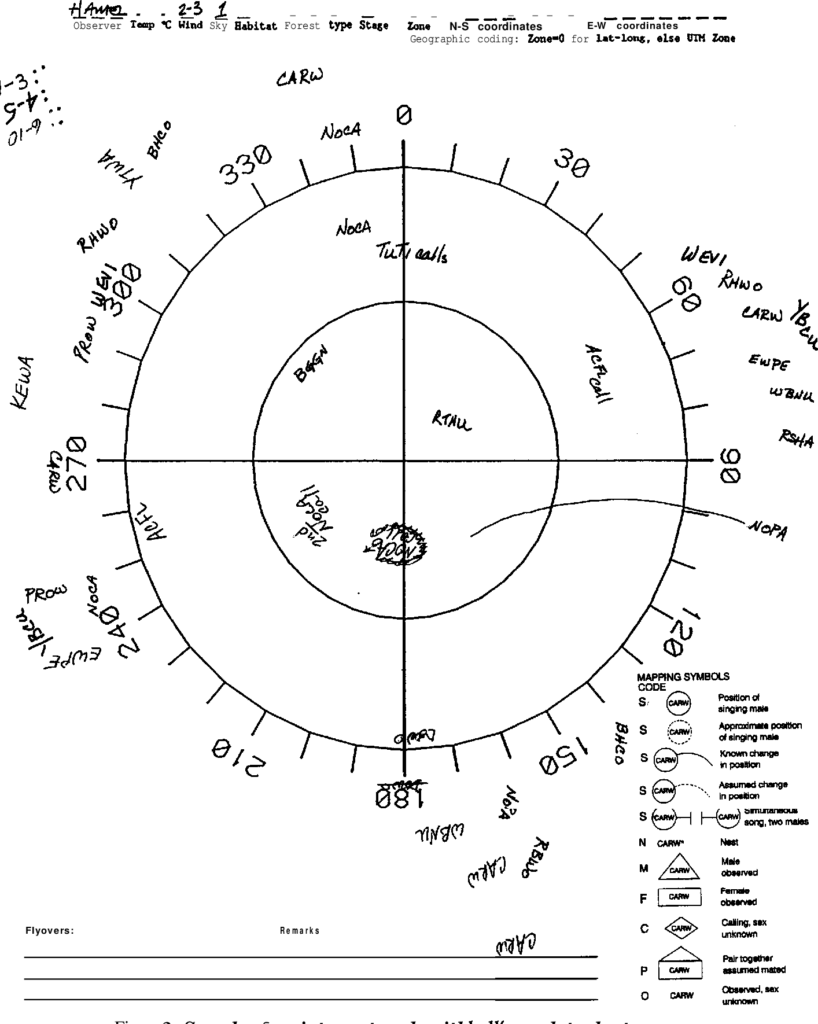
What are Point Counts?
Point counts are a very common bird monitoring method, and they have many advantages. They are a statistically rigorous method for sampling large areas, and allow for an analyst to account for detection probability factors, such as distance. Breeding season point counts are frequently applied to understand variation in breeding bird density over time, or in different locations.
Assumptions of Point Counts
- Your observation is a time- constrained sample — analyses usually consider the amount of time spent at each point to determine how likely it is that you observed all birds that were singing.
- Point Counts are stationary—they are conducted by a single observer, and the probability that you observe a bird decreases with increasing distance from the point.
- Unless otherwise indicated, point counts are a survey for all bird species present.
- Unless otherwise indicated, each individual bird is counted only once per survey.
Pros and Cons of Point Counts
PROS
- Can be a statistically rigorous method to collect bird monitoring data over large areas, especially if you want consistent data over time.
- Observations are done from a point, so you can sample from accessible areas (e.g., roads), if accessibility is a challenge for your study area.
- Note that road- and trail-based counts can create bias in detectability of birds (Cooke et al. 2020). If possible, incorporate random off-trail and off-road sampling into study designs.)
CONS
- Analyses require a lot of data to make inferences. Point Counts don’t provide very much information if there are very few point locations surveyed.
- Can be less useful in non-breeding seasons or for birds that don’t regularly vocalize.
Typical Use Cases for Point Counts
- General breeding season inventory of all species present
- Abundance or density of species over time/space or changes in species composition
- Monitoring effects of management actions, restoration, or disturbance
Standard Point Count Methodologies
Things to keep in mind:
- Point counts are surveys conducted from fixed locations. Points are isolated within a landscape in a randomized manner or they can be pre-determined and equally spaced along a line or a grid.
- You must have trained observers that can accurately identify species by sight and sound.
- Observers detect all species seen or heard within one or more fixed distance bins (fixed radius counts), or alternatively they can estimate or measure exact distances to detections (variable radius counts).
- Detection cues (optional) can help in analyses. Detection cues may be simple (Aural or Visual) or more complex (e.g., specific behavioral cues such as Song, Call, Drum, Wing, etc.)
- Flyovers are defined as birds that are not actively using the habitat you are surveying and are often dropped from analyses. Several Point Count protocols have fields that identify flyovers. Just because a bird is flying does not make it a flyover!
Requirements for Point Counts for the AKN:
- Date
- Start Time
- Fixed Time (in minutes) of the point count
- Observer
- Species
- Count
Optional but recommended:
- Distance
- Detection Cues
Example Standard Point Count Protocols in the AKN
5- or 6-minute Point Count Protocols
Below is a table that includes 5- or 6-minute Point Count Protocols, which are typically recommended for most breeding season counts. The following are listed in order from simple to more complex, depending on skill level and/or analysis needs. Many variations on these standards can be found in the AKN protocol search tool. It is helpful to browse existing protocols and choosing an AKN protocol prior to beginning fieldwork.
| Protocol | Description |
|---|---|
| 5m50M+ | Simplest version of a 5-minute point count protocol, with no time bins, no detection cues, and distance recorded as less than or greater than 50m. |
| 3_5m50M+Fly | Basic point count format recommended by Ralph et al 1993, with time binned into first three or last two minutes, no detection cues, and distances binned less than or greater than 50m (or flyover). |
| 3_5m_25_50M+ | 5 minute protocol with time binned into first three minute or last two minutes, no detection cues, and 3 distance bins. Includes additional 25m bin recommended by Ralph et al 1995. |
| 5_1TB_2DC_6DB | 5 minute protocol with one 5-minute bin, simple detection cues (A or V), and 6 distance bins |
| 5_5TB_7DC_exactDB | 5 minute protocol with time split into 1-minute bins, exact distance, and 7 detection cues |
| KBO_VRPC_3 | 5 minute protocol with time split into 1-minute bins, exact distance, and 7 detection cues, plus optional fields for recording behavior, location, and previously detected birds. Currently implemented protocol for Klamath Bird Observatory. |
| IMBCR_VRPC | 6 minute protocol with time split into 1-minute bins, exact distance, and 7 detection cues, plus optional fields for recording age/sex, cluster, visuals, and migrating birds. Currently implemented protocol for Bird Conservancy of the Rockies IMBCR program. |
10-minute Point Count Protocols
Below is a table that includes 10-minute Point Count Protocols, which are standards adopted by some organizations.
| Protocol | Description |
| VRPC_R8_10M_3TB_4DB | 10 minute count with 3 time bins, simple detection cues, and distance bins of 25m, 50m or greater than 50m. Standard protocol used by USFS Southeast Region. Includes options for collecting breeding status, groups, and sex. |
| UAGS_10_min | 10-minute count with one-minute time bins, distance bins of 25m, 50m, 100m, and greater than 100m. Standard landbird protocol used in many USFWS programs (Knutson 2008, 2016). |
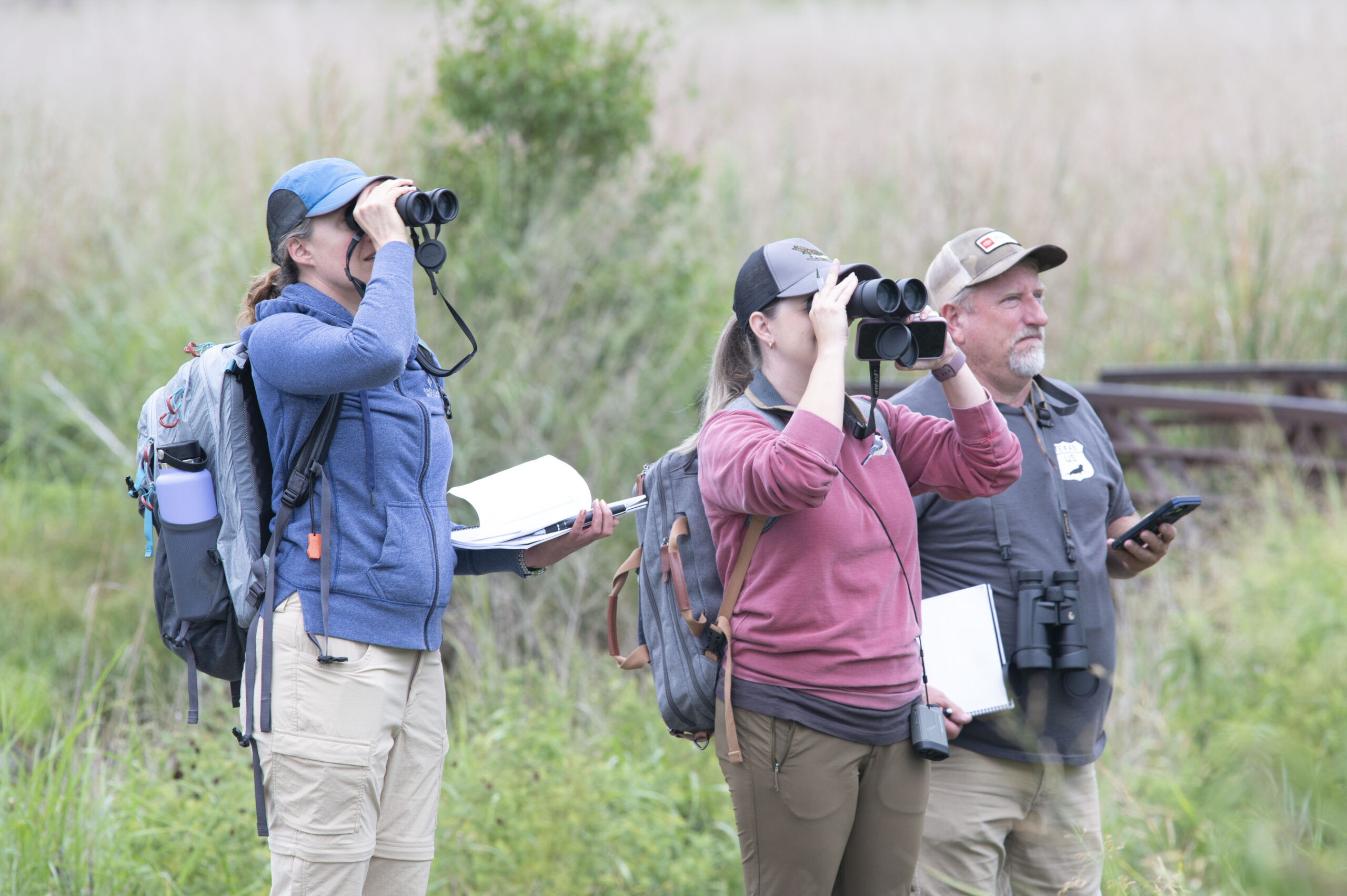
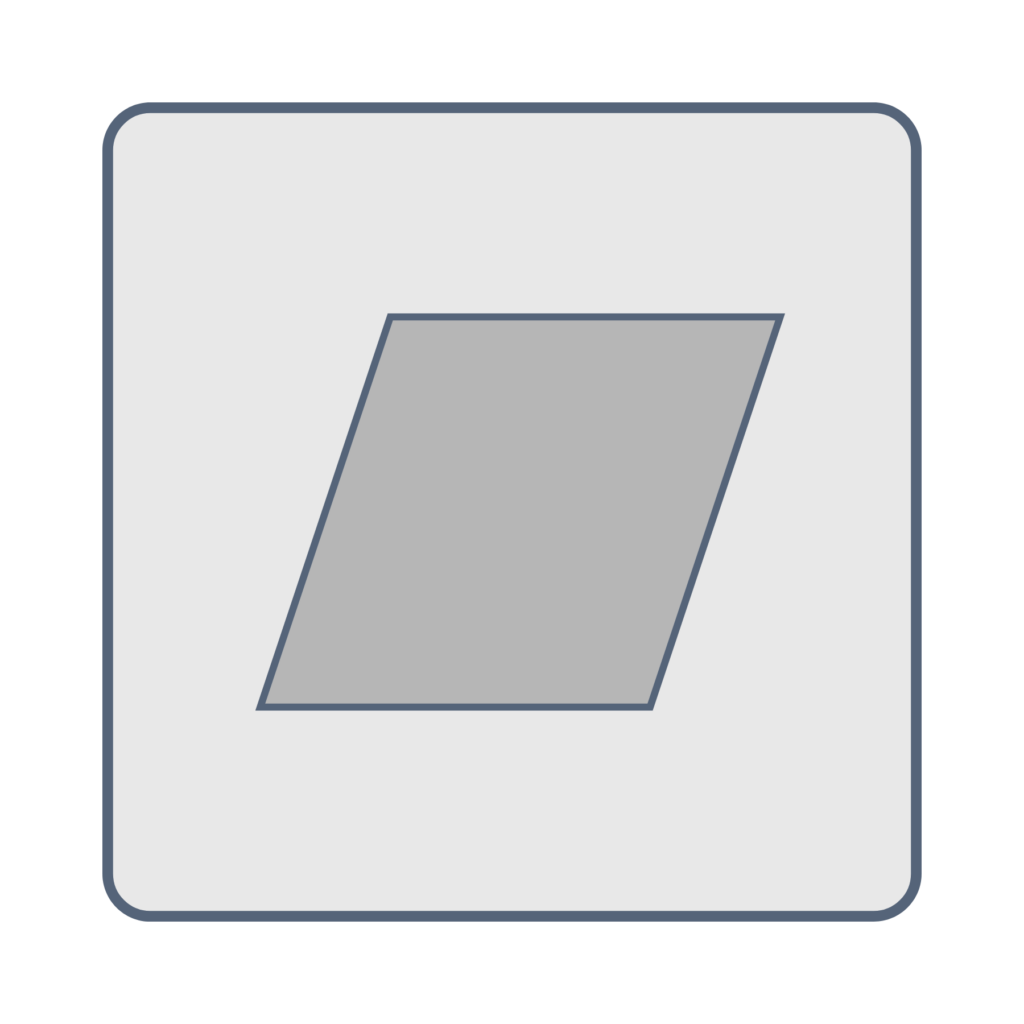
Area Search Methods
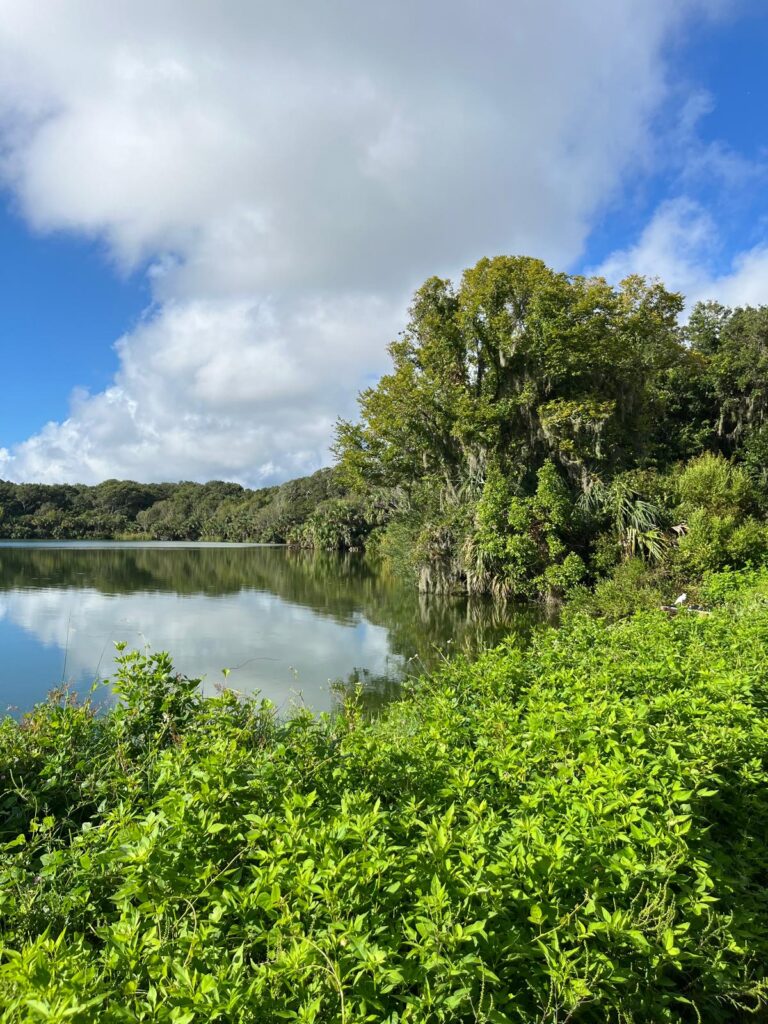
What are Area Searches?
Area Searches can be designed to provide meaningful data, particularly when there is a smaller, space-constrained area of interest that can be surveyed on foot in a reasonable amount of time.
Assumptions of Area Searches
- Unlike Point Counts (which are a sample from a stationary point), area searches are considered a census of a clearly defined area. The observer is expected to document every individual of every species they are surveying for within the designated survey area.
- Area searches are space-constrained (i.e., the polygon is the only area you are focused on). To maintain consistency over time, Area Searches are also normally time-constrained (e.g. 20 minutes).
- Area searches are not a stationary count. The surveyor can move throughout the area to ensure all birds are observed and recorded within the time allowed.
Pros and Cons of Area Searches
PROS
- Area searches are good options for rare species, species that do not vocalize regularly, or during non-breeding seasons when birds do not sing as frequently
- Area searches are good options for small, discrete areas that can be easily accessed on foot or observed entirely from a few vantage points (e.g., a wetland).
CONS
- In some cases, Area Searches are not as efficient for sampling across large areas.
- If used during non-breeding seasons, birds may not be on territory. This can create large fluctuations in species present in any given survey.
Typical Use Cases for Area Searches
- Christmas Bird Count
- Assessment of smaller areas too small for a point count design
- Census of a known, defined area (e.g., a wetland restoration)
Standard Area Search Methodologies
Example Generic Area Search Protocols in the AKN
| Protocol | Description |
|---|---|
| KBO_ARSE_50m_1 | Used for a 50m area search plot survey with detection cues. Optional fields include 1) indicating birds that are off plot and 2) an open string for writing in user-defined codes for habitat use |
| SPCH_LOCATION | Species checklist protocol. Useful for area search plots if the only data recorded are species, count, and optional coordinate information for individual observations. Click here to see helpful instructions of how to use species checklists. |
Example Program-specific Area Search Protocols in the AKN
| Protocol | Description |
|---|---|
| ARSE_PIJA | Standard area search protocol for landscape or project-level applications, developed by the Partners in Flight Pinyon Jay working group. Used with Site Condition protocol SiteConditions_PIJA |
| CWB_ATLANTIC_FLYWAY | Standard colonial waterbird survey adopted by the Atlantic Flyway. Used with Site Condition protocol CWB_ATLANTIC_FLYWAY_CONDITION. |
| IWMM_AerialSurvey IWMM_FlushCount IWMM_GroundAerialSurvey IWMM_GroundSurvey | Four different area search protocols for waterbird surveys (Flush Counts, Ground or Aerial surveys) done as part of the Integrated Waterbird Management Program (https://data.pointblue.org/science/iwmm-portal/). Used with site condition protocol IWMM_SurveySiteConditions |
| Waterbirds_Hawaii_AS | Waterbird-specific protocol used for statewide waterbird surveys in Hawaii |

